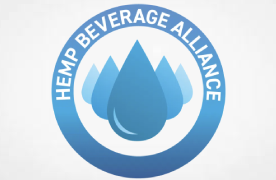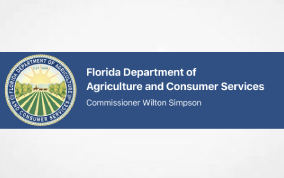Yet another reason why federal legislation is desperately needed for a raft of reasons.
Laura Davis; environmental, health and safety consultant; YellowBird; Phoenix writes
Workers in the cannabis industry may be potentially exposed to several biological and chemical hazards. It’s been a decade since Colorado legalized cannabis for recreational use, but the industry still has a long way to go to effectively and consistently ensure the safety of marijuana cultivators, extractors, lab workers and retail representatives. Writes Davis for Safety & Health magazine
Although most business owners understand that occupational safety is regulated by OSHA, many don’t know that the agency, the Environmental Protection Agency and local authorities – including fire jurisdictions – also regulate chemical safety.
Industry workers and business owners don’t always understand or quantify the risks represented by exposure to occupational safety hazards in all stages of cannabis production, including cultivation, extraction and sales. One such risk is exposure to disinfecting compounds, pesticides, nutrients and other chemical compounds. Cannabis employers are subject to the same OSHA regulations applied to other industries.
Among other applicable regulations, employers must follow OSHA’s General Duty Clause – Section 5(a)(1) of the Occupational Safety and Health Act of 1970: “Each employer shall furnish to each of his employees employment and a place of employment which are free from recognized hazards that are causing or are likely to cause death or serious physical harm to his employees.”
In the cultivation phase, the main hazards are pesticides, carbon dioxide and cleaning compounds. In addition, mold, yeast and fungi are serious health threats during cultivation and extraction/trimming. These chemical hazards can cause allergic reactions, coughing, wheezing and nasal congestion, as well as throat, eye and skin irritation. A certified industrial hygienist can monitor air quality to determine spore levels. Individuals with preexisting respiratory conditions may be more susceptible to reactions to mold.
Marijuana industry workers are also exposed to chemical hazards not only in the production process, but as part of housekeeping procedures. Some of the hazards include:
Carbon dioxide. At high concentrations, carbon dioxide acts as a simple asphyxiant. Workers exposed to high levels can also suffer burns.
Carbon monoxide. Exposure can result in carbon monoxide poisoning.
Pesticides. Marijuana cultivation facilities often use insecticides and fungicides. The EPA Federal Insecticide, Fungicide, and Rodenticide Act provides standards and guidance for the safe handling, storage and application of pesticides to avoid pesticide poisoning, which has multiple health effects, including cancer.
Volatile organic compounds. These can cause eye, nose and throat irritation; headaches; vomiting; dizziness; and worsening asthma symptoms. Long-term exposure can cause additional health effects, including kidney and liver impacts, respiratory impacts, and cancers.
Nutrients and corrosive materials. In the cannabis industry, the practice of mixing nutrients during the cultivation stage to improve the quality of the plant is increasing. However, the raw materials used to formulate nutrients may cause acute and chronic health effects. The most common corrosives include hydrochloric acid, phosphoric acid, sulfuric acid, ammonium hydroxide, potassium hydroxide and sodium hydroxide.
Cleaning products. Chemical products used for cleaning indoor environments and surfaces can cause respiratory or skin irritation, burns, irritation of eyes, and asthma. Improper mixing of chemicals can cause severe lung damage.
Butane.Extracting using butane is cost effective, but it also presents higher hazardous risks. Open releases of butane to the atmosphere during extractions is prohibited by OSHA, EPA and fire departments.
An additional hazard is poor indoor air quality. Although no OSHA standards exist for indoor air quality, the Center for Disease Control and Prevention recently issued guidelines during the COVID-19 pandemic that apply to marijuana workplaces.
A certified industrial hygienist can help cannabis business owners identify workplace safety and health hazards that need remedying to make sure the company follows OSHA and EPA regulations and standards. The consultant can perform a safety audit to objectively analyze the protocols in place to keep workers safe. A safety audit provides documented findings that the company’s management team can use as a roadmap to improve safety.
Source: https://www.safetyandhealthmagazine.com/articles/21427-workplace-exposures-in-the-cannabis-industry
















